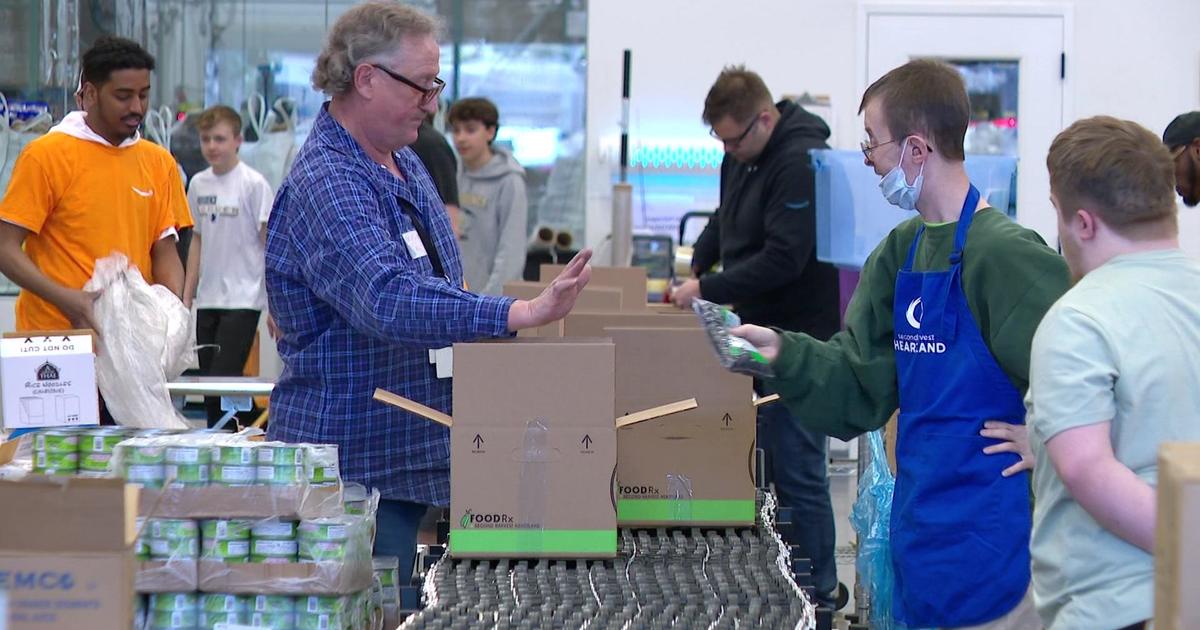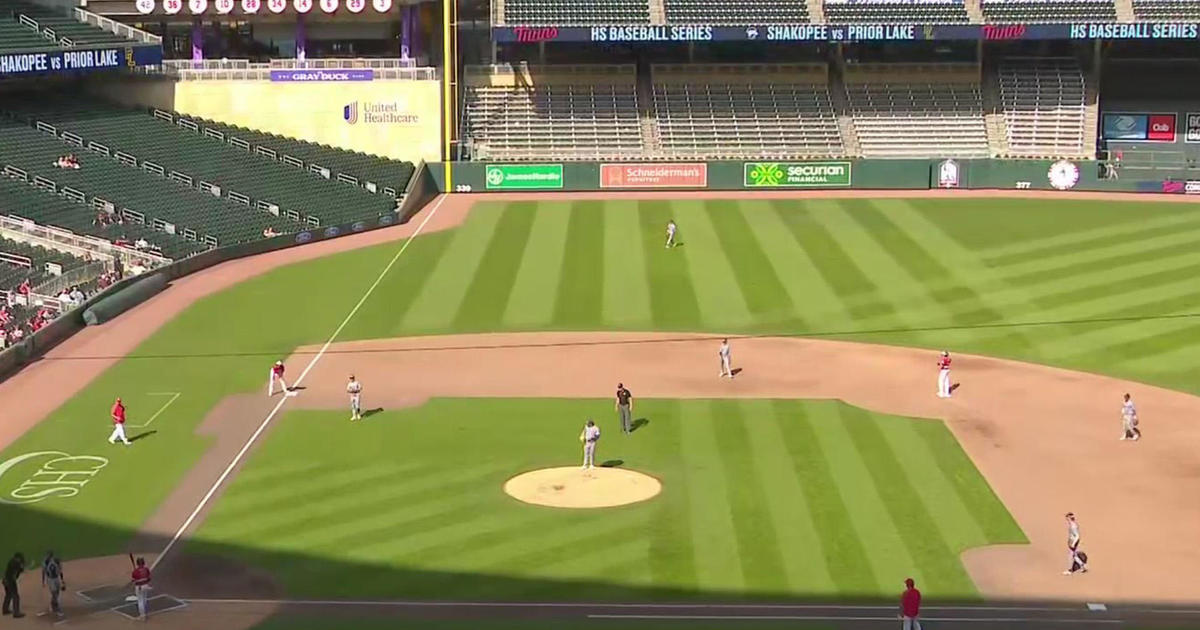Good Question: Why Are We Wasting So Much Food?
MINNEAPOLIS (WCCO) -- It is a staggering statistic: Americans throw out approximately 40 percent of the food in the food supply. But where are we going wrong? Why are we wasting so much food?
"I do think a good portion is systemic," said Dana Gunders, a scientist with the National Resources Defense Council.
That environmental group gathered research from governments and universities to assemble a comprehensive look at waste in the food supply.
Gunders said researchers have found problems from the farm, the shipping system, the stores, the restaurants and in our homes. Results show we are wasting an incredible amount of food.
NRDC values all the tossed food at about $165 billion. According to Gunders, the average American family of four ends up throwing away an equivalent of up to $2,275 annually in food. She said food waste is the single largest component of solid waste in U.S. landfills.
"Sounds ridiculous, but it is what we're doing in our food system today," Gunders said. "If we would reduce our waste by 15 percent that would be enough to feed 25 million people."
The waste happens all along the chain. The report identified farmers who don't harvest because of low prices, distribution centers who reject food with blemishes. But she found that most of the waste happens in stores, restaurants and homes.
"We're seeing in restaurants where portion sizes become enormous,"Gunders said.
We're wasting 50 percent more food than we were in the 1970s, the NRDC said.
"It goes right alongside the increase we're seeing in portion sizes. The average cookie has quadrupled in calories. Even our dinner plates are getting bigger, 40 percent larger than they were 40 years ago," she said.
Some of us are eating all that food, leading perhaps to the obesity epidemic. Others are simply throwing it out.
The NRDC is calling on the government to do a comprehensive survey on waste in the food system. But they say businesses can make a difference by streamlining operations.
For example, Gunders pointed to The Stop and Shop grocery chain.
"They saved $100 million a year by looking at their produce area," she said.
Some stores put out a massive amount of produce in order to impress consumers, according to Gunders, even though that can lead to quicker spoilage.
In the Twin Cities, Second Harvest Heartland just started a program locally to help farmers donate food they can't sell. And they're working with grocery stores to donate produce, too. But often times the food goes bad in the store.
"It's that spoiled lettuce in the fridge, the spaghetti you made too much of. It adds up," Gunders said.



